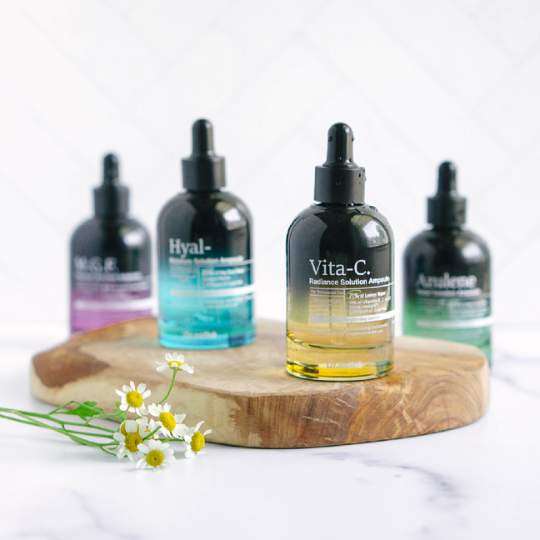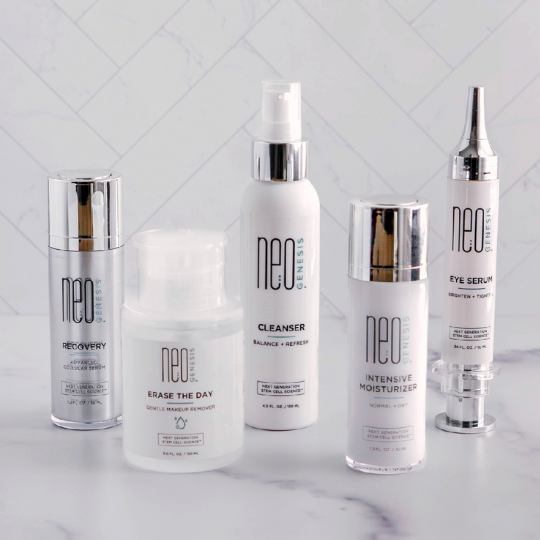When skin changes color it can be upsetting. From the white spots of HYPO-pigmentation to the brown spots of HYPER-pigmentation, it can be difficult to resolve these challenges. However, with some patience and consistent care, I have seen countless customers even out their skin tone.
Remember, my advice is never meant to treat or cure any disease. It is important to consult with your doctor to ensure a color change in the skin is not a sign of an underlying health concern. It is important to get properly diagnosed in order to get effective treatment.
In the context of this article, I'm going to share a few tips from my tool kit as an Esthetician working on the faces of clients for more than 20 years. You may also see your dermatologists for more options.
What is HYPO-Pigmentation?
Hypopigmentation is when the skin is lighter in color than normal skin. It occurs when special cells in the skin do not make enough of the pigment called melanin. Hypopigmentation can affect a small area of the skin, like a tiny dot, or it can be in widespread patches.
It can happen from damage or trauma to the skin. For example, burns, infections, pimples, blisters, scrapes, or any injuries that result in scarring. Improperly administered skin resurfacing treatments, such as photo facials (IPL), laser peels, or chemical peels can also cause damage that results in hypopigmentation.
Topical medication prescriptions are required to treat hypopigmentation. Sometimes a topical steroid is recommended if you have it on less than 10% of your body. These meds may restore some of your original skin color and stop the spread of the white patches.
The best home use treatment is using SPF over 30. That is one of the reasons why I love Sun Cushion SPF 50. It will protect your face with a safe and powerful SPF 50 and nourish the skin with anti-aging ingredients of PLLA, and a little bit of blurring while encouraging skin to heal. NeoGenesis Recovery has a powerful formula that instructs skin to return to homeostasis. Used for at least 2 - 3 months consistently has been shown to improve hypopigmentation.
What is HYPER-Pigmentation?
Hyperpigmentation is a common condition in which patches of skin become darker in color than the normal surrounding skin. This occurs when an excess of melanin, the pigment that produces skin color, forms deposits in the skin.
What Works?
As an Esthetician, I've seen chemical peels, dermabrasion, fibroblast, light and laser therapy work. Although, very dark skin types should avoid laser resurfacing.
I've also seen topical treatments help as well. Using a combination of the skin restorative serum NeoGenesis Recovery, and safe skin brighteners like Triple C + Gold serum, Vita-C Radiance Solution, and Brighten the Day serum will lighten (and is some cases clear up) dark spots, sun damage, and acne scars.
If darker skin spots have appeared as a result of pregnancy, using sunscreen and sun-blocking clothing can help prevent it from worsening. Oftentimes, and this corrects itself after giving birth. If not, using the recommendations in this article will help.
============
Want to get support with your skincare journey? Join us at the Christine Byer Beauty Club. We offer a 14-Day FREE Preview with full access to everything in the Club. Ask Christine questions and have access to savings and the opportunity to win a FREE consultation. If you don’t find value in your membership, cancel within the 14 days at no charge.








